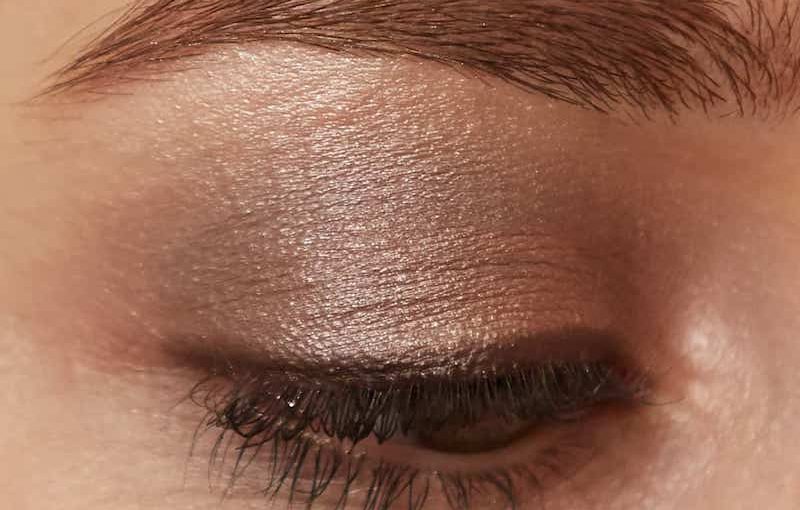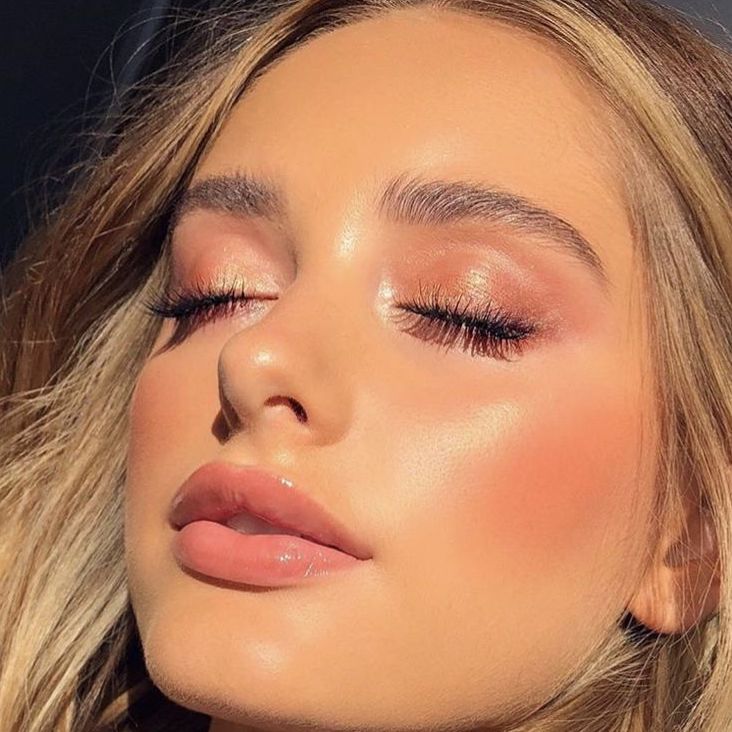Introduction
Eye shadow can transform your look and elevate your makeup game to a whole new level. For beginners, the thought of applying eye shadow can be intimidating, but with the right techniques and easy-to-follow tips, anyone can achieve a flawless eye shadow look. In this article, we will explore the basics of easy eye shadow application and provide step-by-step instructions for creating beautiful eye shadow looks.
Experimenting with different eye shadow techniques and mastering essential tips will help you become confident in applying eye shadow. By practicing regularly and refining your skills, you can achieve a variety of eye shadow looks with ease, from natural and subtle to bold and daring. Remember to have fun, be creative, and embrace your individual style as you explore the endless possibilities of easy eye shadow application. With dedication and a willingness to learn, you’ll soon be creating stunning eye shadow looks that enhance your natural beauty and leave a lasting impression.
Part 1: Understanding the Basics of Eye Shadow
Level 1: What is eye shadow?
Eye shadow is a cosmetic product that is applied to the eyelids and under the eyebrows. It comes in various forms such as powder, cream, and liquid, and is available in a wide range of colors and finishes.
Level 2: Different types of eye shadow finishes
Eye shadows come in different finishes such as matte, shimmer, metallic, satin, and glitter. Matte eye shadows have a flat finish and are perfect for creating a natural look. Shimmer, metallic, and satin eye shadows add a touch of sparkle and dimension to the eyes, while glitter eye shadows are perfect for creating bold and glamorous looks.
Part 2: Choosing the Right Eye Shadow Colors
Level 1: Understanding your eye color
The key to choosing the right eye shadow colors is to understand your eye color. For example, purple and plum shades complement green eyes, while bronze and gold shades enhance blue eyes.
Level 2: Universal eye shadow shades
If you’re unsure about which eye shadow colors to choose, there are a few universal shades that work well for everyone. Neutral shades such as taupe, beige, and brown are versatile and can be used for both natural and dramatic looks.
Part 3: Tools and Techniques for Easy Eye Shadow Application
Level 1: Essential eye shadow tools
To achieve a flawless eye shadow look, you will need a few essential tools such as eye shadow brushes, blending brushes, and a primer. Eye shadow brushes come in different shapes and sizes and are designed for specific purposes such as packing on color, blending, and creating precise lines.
Level 2: Step-by-step eye shadow application
Start by applying an eye shadow primer to create a smooth base for your eye shadow. Then, use a fluffy blending brush to apply a transition shade to the crease of your eyelid. Next, use a flat, dense brush to pack a lid shade onto your eyelid. Finally, blend the colors seamlessly for a polished finish.
Part 4: Easy Eye Shadow Looks for Every Occasion
Level 1: Daytime eye shadow look
For an easy daytime eye shadow look, stick to neutral shades such as soft browns, taupes, and peachy tones. Keep the application light and blend the colors for a natural finish.
Level 2: Nighttime eye shadow look
To create a glamorous nighttime eye shadow look, opt for deeper shades such as dark browns, blacks, and jewel tones. Add a touch of shimmer to the center of your eyelids for a dazzling effect.
Part 5: Tips for Perfecting Your Eye Shadow Application
Level 1: Blending is key
One of the most important tips for easy eye shadow application is to blend, blend, blend. Blending the colors seamlessly will create a smooth and polished eye shadow look.
Level 2: Practice makes perfect
Like any other skill, mastering the art of easy eye shadow takes practice. Don’t be discouraged if your first few attempts don’t turn out as expected. Keep practicing and experimenting with different colors and techniques to find what works best for you.
Part 6: Common Mistakes to Avoid When Applying Eye Shadow
Level 1: Over-applying eye shadow
One common mistake beginners make is applying too much eye shadow, leading to a heavy and unflattering look. It’s essential to start with a small amount of product and gradually build up the intensity to achieve the desired effect without overwhelming the eyes.
Level 2: Ignoring the importance of blending
Another mistake to avoid is neglecting to blend the eye shadow properly. Harsh lines and unblended colors can make the eye shadow look messy and unpolished. Take the time to blend the colors seamlessly for a professional-looking finish.
Part 7: Enhancing Your Eye Shadow Look with Additional Techniques
Level 1: Adding dimension with a cut crease
To take your eye shadow look to the next level, consider incorporating a cut crease technique. This involves using a lighter shade to create a defined line in the crease of the eyelid, adding depth and dimension to the eyes.
Level 2: Experimenting with different textures and finishes
Explore different textures and finishes to elevate your eye shadow look. Layering a shimmer or metallic eye shadow over a matte base can create a striking contrast and add a touch of glamour to your makeup.
Part 8: Eye Shadow Application for Different Eye Shapes
Level 1: Hooded eye
For those with hooded eyes, focus on placing the eye shadow above the crease to create the illusion of more lid space. It’s also important to use lighter shades to open up the eyes and darker shades to add depth.
Level 2: Almond eye
Almond-shaped eyes are versatile and can pull off a wide range of eye shadow looks. Experiment with winged eyeliner and bold colors to enhance the natural shape of your eyes and draw attention to their beautiful symmetry.
Part 9: Experimenting with Eye Shadow Techniques
Level 1: Smoky eye
Creating a smoky eye look involves blending dark eye shadow along the upper and lower lash lines, gradually diffusing the color upwards towards the crease. This popular technique adds sultry drama to the eyes and is perfect for evening events.
Level 2: Halo eye
The halo eye technique involves applying a darker shade to the outer and inner corners of the eyelid, leaving the center bare or applying a lighter shade. This creates the illusion of a halo of light around the eyes, making them appear larger and more captivating.
Part 10: Final Tips for Easy Eye Shadow Application
Level 1: Use a primer
Invest in a good quality eye shadow primer to ensure that your eye shadow stays in place all day, prevents creasing, and intensifies the color payoff.
Level 2: Clean up any fallout
To keep your overall makeup look clean and polished, use a makeup wipe or some micellar water and a cotton pad to clean up any eye shadow fallout underneath the eyes.
Conclusion
With the right tools, techniques, and tips, applying eye shadow can be easy and fun. Whether you’re going for a natural daytime look or a dramatic nighttime look, there are endless possibilities when it comes to creating beautiful eye shadow looks. By understanding the basics of eye shadow, choosing the right colors, mastering the application techniques, and practicing regularly, you can become a pro at easy eye shadow application in no time. Remember, the key to success is to experiment, have fun, and embrace your creativity.
In conclusion, mastering the art of easy eye shadow application requires a fundamental understanding of the basics, a careful selection of colors, and the implementation of proper techniques. By learning from and avoiding common mistakes, experimenting with additional techniques, and tailoring your approach to match different eye shapes, you can achieve stunning eye shadow looks with confidence and ease. With dedication and practice, anyone can become adept at creating eye-catching eye shadow looks for any occasion.



